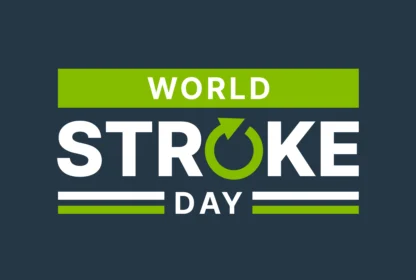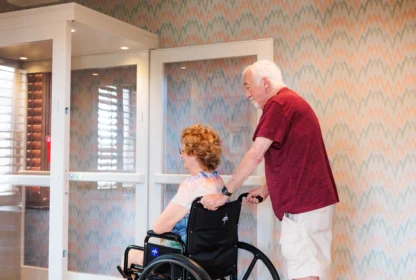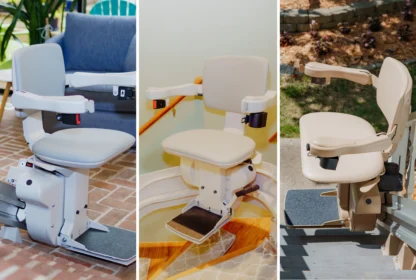How Far Can a Wheelchair Ramp Go Without a Landing?
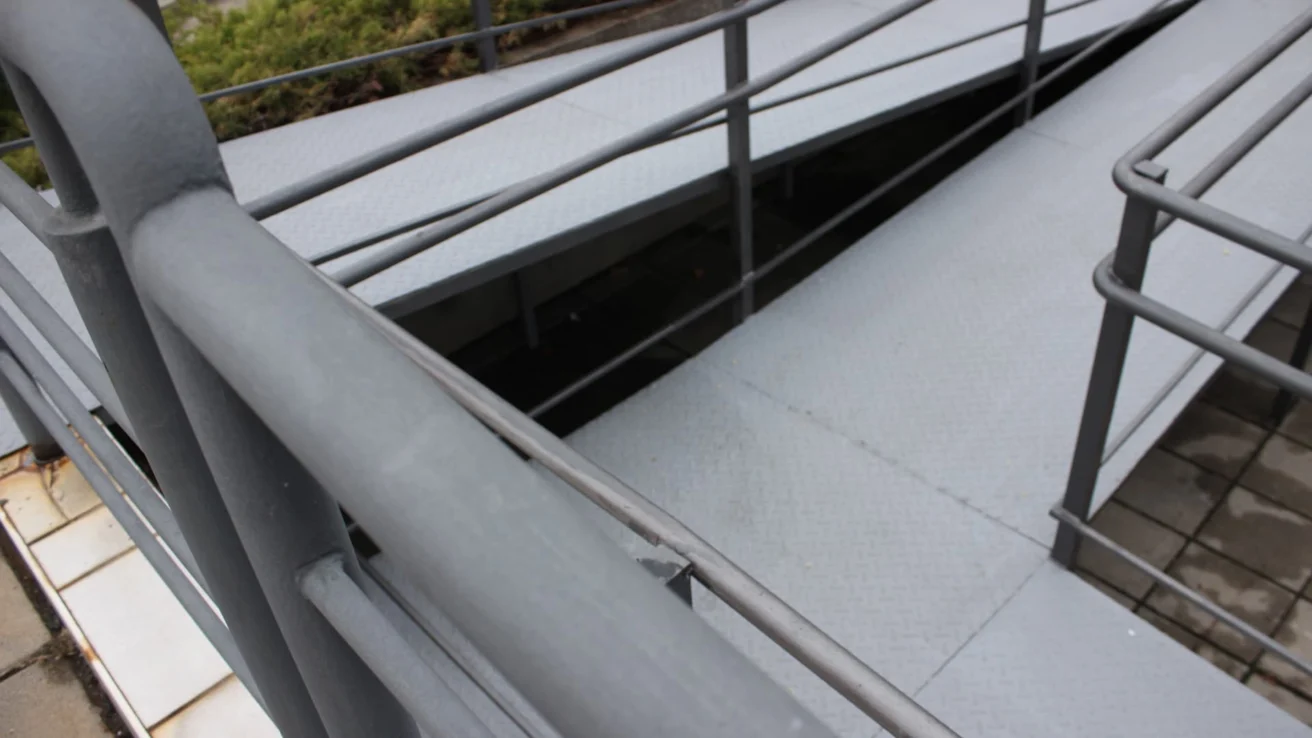
When designing an accessible home, the right wheelchair ramp can make all the difference in improving confidence and independence. But how do you choose the correct length to ensure safety and compliance without sacrificing comfort and practicality?
Let’s navigate the essentials of selecting the perfect wheelchair ramp length, keeping in mind ADA guidelines and the unique requirements of your home. Join us as we explore how to make mobility seamless, ensuring everyone can access their home with ease.
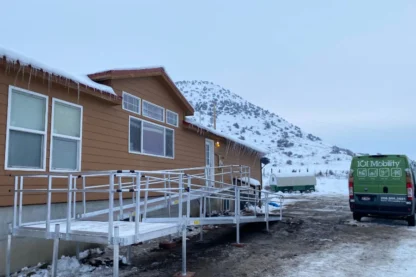
How Long Can a Ramp Be Before Needing a Landing?
According to the Americans with Disabilities Act (ADA), wheelchair ramps should include a landing after every 30 feet of horizontal length. This standard ensures that ramps are safe and manageable, especially for users propelling themselves manually. These landings offer a necessary pause for rest, making the journey smoother and safer. Adhering to these standards is crucial for public buildings and recommended for private residences to accommodate everyone’s mobility needs effectively.
What Is the Maximum Slope Allowed For a Wheelchair Ramp?
Wheelchair ramps are governed by specific guidelines that dictate their slope or incline. The ADA recommends a 1:12, 1:18 or 1:24 slope, meaning for every inch of vertical height, there should be 12, 18, or 24 inches (or one foot) of ramp.This ensures safety and rest opportunities, especially for manual wheelchair users. This guideline, while designed for public spaces, provides a good standard for private residences as well, though it’s not a strict requirement for home installations.
In every case, the goal is to make the ramp as safe and comfortable as possible for the user. 101 Mobility specializes in crafting wheelchair ramps that meet these needs, offering modular designs that can accommodate various home layouts. Whether straight, L-shaped, or U-shaped, our ramps are designed to offer the safest, most convenient access.
Additionally, when a ramp exceeds practical lengths or preferences, vertical platform lifts present an alternative solution, providing straightforward vertical travel. This flexibility ensures that every individual’s mobility needs are met, regardless of space constraints or personal preferences.
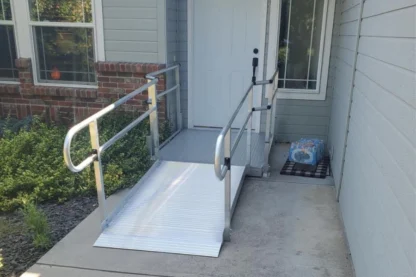
Risks of Wheelchair Ramps That Are Too Steep
Wheelchair ramps that are too steep pose significant risks, making manual propulsion challenging and increasing the likelihood of accidents. Steeper inclines require more effort and can cause exhaustion, posing a danger to those ascending as they might lose control or rollback.
Additionally, steeper ramps are not just a concern for wheelchair users but also for individuals using mobility walkers or those who are unsteady, as the incline can lead to slips, trips, or falls, highlighting the importance of adhering to recommended slopes for safety. It’s important to work with a trusted wheelchair provider like 101 Mobility to ensure the highest safety standards.
Schedule a Free In-Home Consultation With 101 Mobility Now
101 Mobility is proud to provide high-quality accessibility equipment that can quickly improve how you or your loved ones move throughout the house. We offer wheelchair ramps, stairlifts, home elevators, and platform lifts that are uniquely designed to complement the layout of your home. Whenever your needs change, 101 Mobility is your partner in accessibility. Our technicians can easily travel to your home in the Treasure Valley or Magic Valley. Schedule your free consultation online or call us at (208) 271-9559 to get started.
